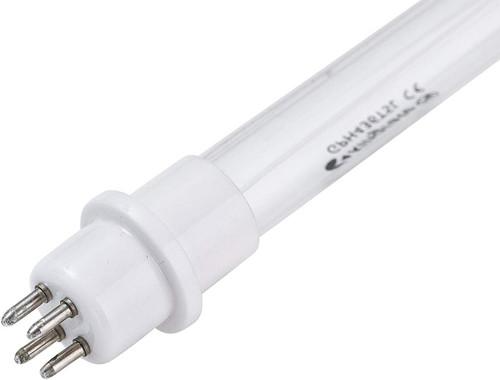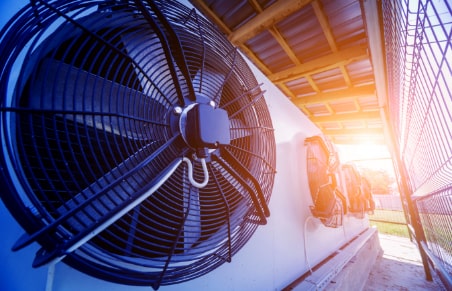4 Factors to Consider Before Buying UV Lamps for Kitchen
After the pandemic, all people can think about is creating a safe and germ-free space in their homes, offices, and other commercial spaces.
And that’s where using UV light for disinfection comes into play. UV light has been known to sterilize different types of bacteria, viral particles, and other decontaminants. Hence, it is a great addition to your space.
Previously, we have learned about how UV lamps can benefit you in the kitchen. You can read our previous blogs detailing the use of UV lamps in the kitchen. However, we didn’t talk about different factors to consider when choosing a UV lamp for your kitchen space.
There are a variety of UV lamps available in the market. Which UV lamp should you choose for your kitchen? You need to be educated about different factors to consider when purchasing UV lamps for your kitchen.
Choose the right wavelength
As mentioned above, there are different types of UV lamps available in the market, each providing a different UV wavelength.
UV-A, UV-B, and UV-C are the type of wavelengths offered by UV lamps. For disinfection purposes in your kitchen, you must choose UV-C wavelength UV lamps. This is the only wavelength offering germicidal effects, thus effective in disinfection.
When you buy UV lamps for your kitchen, make sure it says UV-C wavelength. If it doesn’t, chances are it won’t offer germicidal wavelength, instead will offer UV-A wavelength which would be of no use.
Ensure animal, human, and material safety
When using UV-C lamps in your kitchen, you need to ensure animal, human, and material safety.
As mentioned above, you need to choose UV-C wavelength UV lamps for disinfection. However, UV-C wavelengths are highly potent and can harm any animals, humans, and materials on exposure. It can cause skin rashes and damage the eyes.
Hence, when you are using UV-C lamps in your kitchen, make sure no one has access to the kitchen for the said duration. Nowadays, you can also find UV lamps with automatic on/off switches. When someone enters the kitchen, the UV lamp will automatically switch off. Similarly, if the kitchen is empty, it will switch on to disinfect the spaces.
Also, if you have any expensive material nearby such as expensive paintings, remove them to maintain their quality and appearance.
Understand that UV lamps have limitations
UV light won’t magically disinfect every nook and cranny in your kitchen, especially those places it can’t reach.
For efficient disinfection, any surface or item must be sufficiently exposed from all sides to the UV light. However, UV light can’t penetrate a few materials such as glass, plastic, aluminum, and more. Hence, if your kitchen space has items made with such materials obstructing the UV light, things beyond these items won’t be sterilized. UV light will reach a few surfaces and not all.
As a UV lamp user, you must consider this limitation.
Sterilization is different than UV disinfection
You might have seen sterilization and disinfection used interchangeably. However, both these processes have different meanings.
Sterilization is meant to remove pathogens completely. And disinfection will remove only a certain percentage of pathogens, for example, 99.999% of pathogens.
So, when you use UV lamps, it disinfects the space rather than sterilize the space. If you want to completely remove pathogens from space, you need to use both sterilization and disinfection.
Bottom Line
Buying UV lamps for your kitchen will be highly beneficial. However, knowing the different factors when buying UV lamps can help you make the best decision.
If you want to buy UV lamps for residential, commercial, and industrial space, get in touch with us at Light Spectrum Enterprises, Inc. We have a wide range of UV lamps manufactured with specific features and usage in mind.
Connect with our team now to know more.



